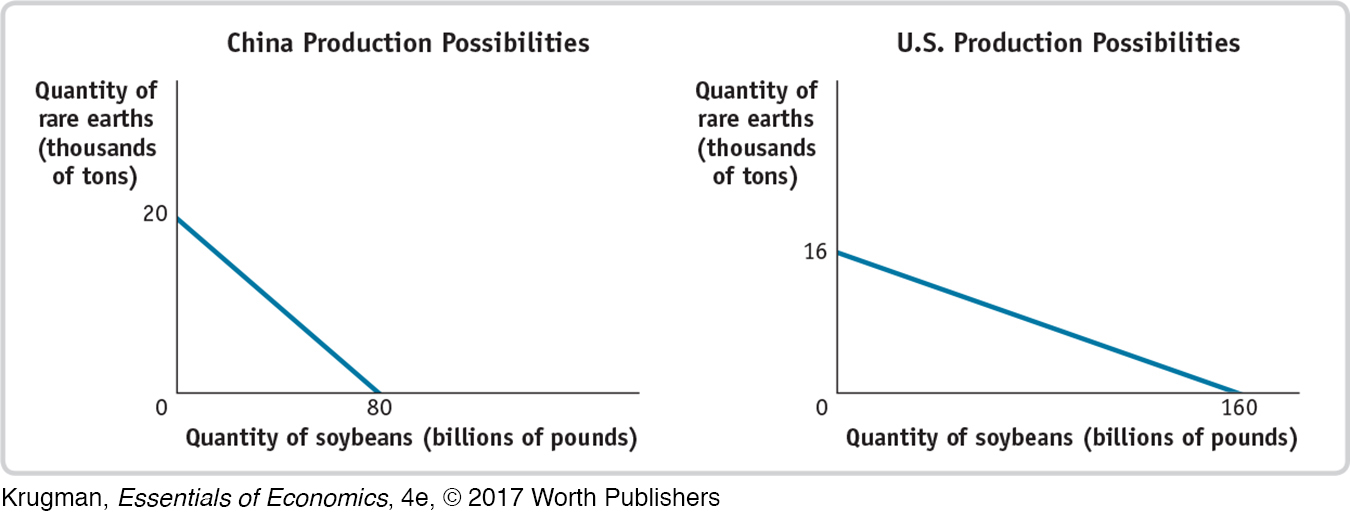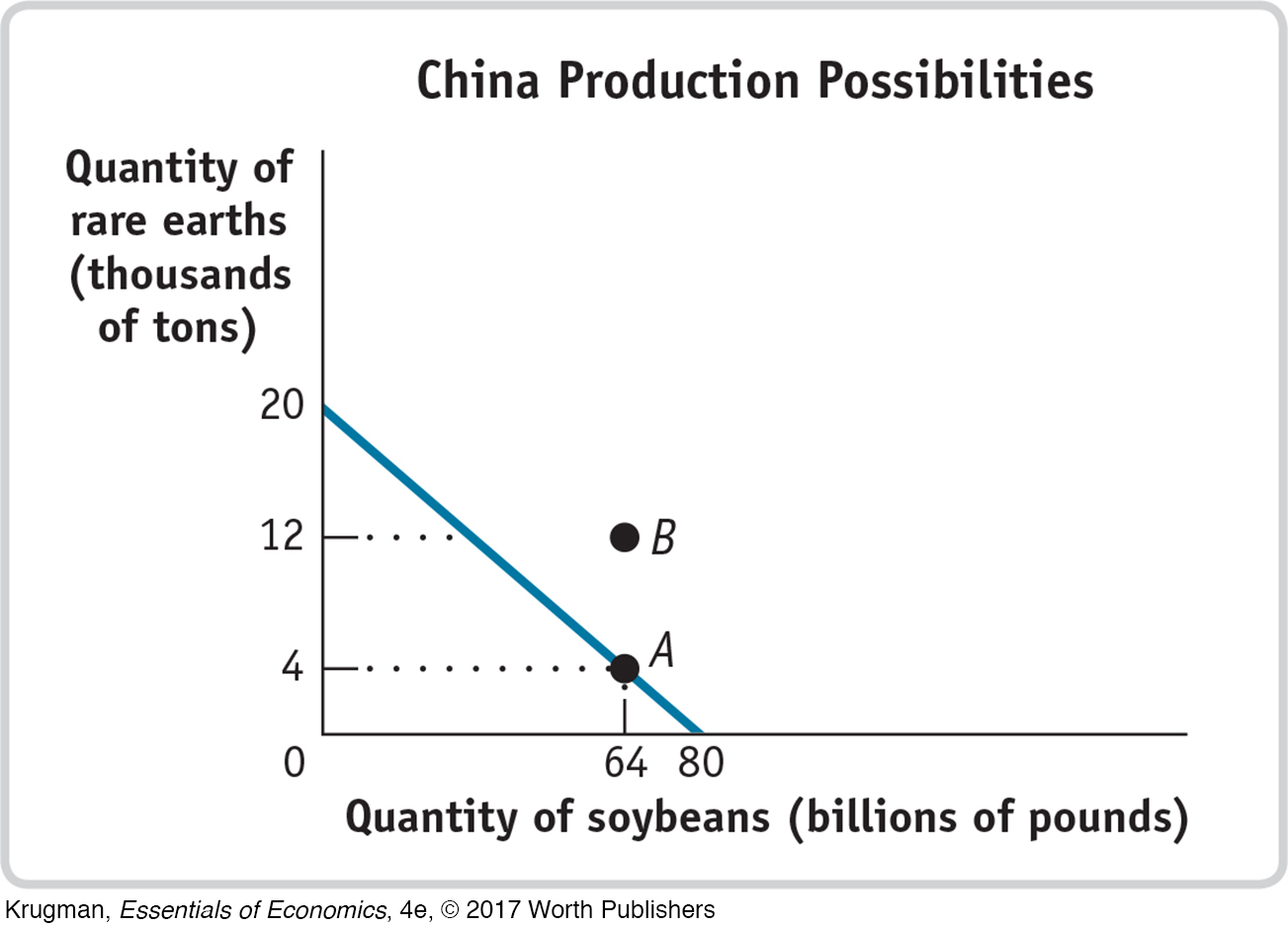2.3 Solved Problem
SOLVED PROBLEMHeavy Metal and High Protein
 for interactive tutorials with step-
for interactive tutorials with step-
If you look at one of the bottom rows of the periodic table of elements, you will find the lanthanides, also known as rare earths, fifteen metallic chemical elements, from lanthanum to lutetium. Unlike other more commonly known elements like hydrogen and gold, you have probably never heard of rare earths, even though you use them every day when you reach for a smartphone or a tablet, or watch TV. In fact, there are more than a dozen rare earth elements in an iPhone. These essential elements can also be found in hybrid cars, wind turbines, lasers, and satellites.
Despite their name, rare earth elements are not rare at all. They are embedded in the earth’s crust. It just happens to be the case that China is the largest miner and exporter of rare earths, controlling nearly 95% of world production.
Meanwhile, the United States is the world’s largest exporter of soybeans, a high-
Fortunately, the United States and China can trade with each other. But what if China refused to export rare earths, forcing the United States to find ways to extract these rare earths on its own? What if China stopped purchasing soybeans from other countries and reverted to self-
Now suppose that China and the United States can produce either soybeans or rare earths—

Calculate the opportunity cost of rare earths and soybeans for both countries. Does the United States have a comparative advantage in producing rare earths? Suppose China wishes to consume 64 billion pounds of soybeans and 12 thousand tons of rare earths. Show this point on a graph of the production possibilities. Is this possible without trade?
STEP | 1 Calculate the opportunity cost of rare earths and soybeans for both countries.Review pages 30–33.
The production possibility frontiers for both countries are straight lines, which implies a constant opportunity cost of soybeans in terms of rare earths. The slope of China’s production possibility frontier is −¼ (the slope is defined as the change in the y-variable—
STEP | 2 Does China have a comparative advantage at producing soybeans?Review pages 30–33.
A country has a comparative advantage in the production of a good if the opportunity cost of production is lower for that country than for another country. In this case, the opportunity cost of producing 1 billion pounds of soybeans is ¼ of a thousand tons of rare earths (250 tons) for China and 1/10 of a thousand tons (100 tons) of rare earths for the United States. Since 1/10 is less than ¼, the United States, not China, has a comparative advantage in the production of soybeans.

STEP | 3 Suppose China wishes to consume 64 billion pounds of soybeans and 12 thousand tons of rare earths. Show this point on a graph of the production possibilities. Is this possible without trade?Review pages 30–33 and Figure 2-5.
As shown on the graph, China’s consumption of 64 billion pounds of soybeans and 12 thousand tons of rare earths, demonstrated at point B, is outside the production possibility frontier without trade. If China consumed 64 billion pounds of soybeans, without trade, it could consume only 4 thousand tons of rare earths, shown at point A. Thus, without trade, this level of consumption of both goods would be impossible.